My latest book, Read and Write Sports: Readers Theatre and Writing Activities for Grades 3–8, just came out, but it’s a book I’ve been writing my entire life.
I grew up in one of those households where we were always told to go out and play, so we spend a lot of time outdoors. At the same time, I was an avid reader and writer. In fact I wrote my first book when I was 11 years old. When I began teaching elementary school in 1977, I brought all of this with me to the classroom. I wrote for my young students and they wrote for me. We read and wrote and moved together. (It’s very hard for young children to sit still. Why not use that to your advantage?)
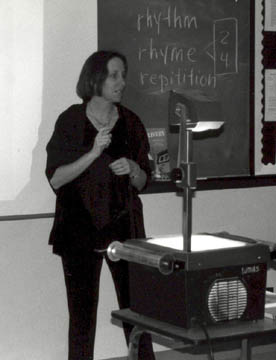
Many years later when I was a published author, I was asked to work on a sports series. Of course I said yes! I wrote 6 hi-lo sports history books.
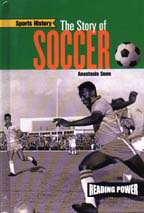
Then I was asked to write sports fiction. I started with BMX…
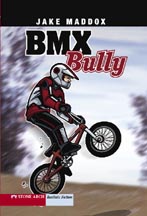
and moved on to skateboarding… I wrote novels about six different sports with the pen name Jake Maddox, but when I visited schools to talk about my books, the children were always very surprised. How could a lady write about sports, especially when there was a boy’s name on the book?
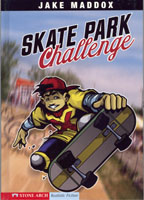
Once I began talking about the details, however, everything changed. I shared my sports stories with them, and they shared their sports stories with me. We had a great time!
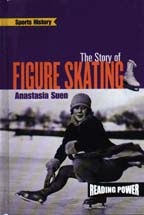
When I developed a writing program for a local school district, I decided to tap that strong interest students had in sports. It helped me teach them an academic skill using their life experience. After I told the students that they could write about sports, in classroom after classroom my reluctant writers became active writers. They couldn’t wait to share their sports stories.
Over the years many teachers asked me to write a book that they could use in the classroom after my visit was over. This is that book.

Inside the covers you will find readers theatre plays to perform in the classroom and writing activities for nonfiction, fiction, and poetry. The speaking parts for each play have a reading level listed. The lines of dialogue are quite short, making the reading levels very low. This hi-lo approach allows everyone in your classroom to participate.
After students read about each of the 10 sports in this book, they are invited to write about them.
- Football
- Basketball
- Hockey
- Skating
- Baseball
- Soccer
- Track
- Gymnastics
- BMX
- Skateboarding
I write all three genres, so I teach them, too. Students will be asked to research and write an expository paragraph using three graphic organizers. Then they’ll be asked to write a narrative scene, using graphic organizers to help them plan their writing. The third writing section has graphic organizers to help students write an action-reaction poem. (Sports are about movement!)
One thing I discovered in all my years of teaching is that students work better with mentor texts. For many teachers, that means using a great book to guide young writers. I’ve taken it a step further and moved it into the pre-writing stage. Yes, I use mentor texts with graphic organizers. Throughout this book, students will see graphic organizers with someone’s thoughts written down. A blank page can be intimidating, but when you see how someone else has done it, then you know what to do. (I use this approach with ALL of my writers, from kindergarten to college. Graphic organizers are called GO Charts for a reason — they help student writing go, go, go!)

See Anastasia Suen
on the Nonfiction Book Blast: Booktalks and Activities for Your Library panel
June 26 at the ALA Annual Conference in New Orleans.
Are you ready for the Nonfiction Book Blast?
Copyright © 2011 Anastasia Suen All Rights Reserved.